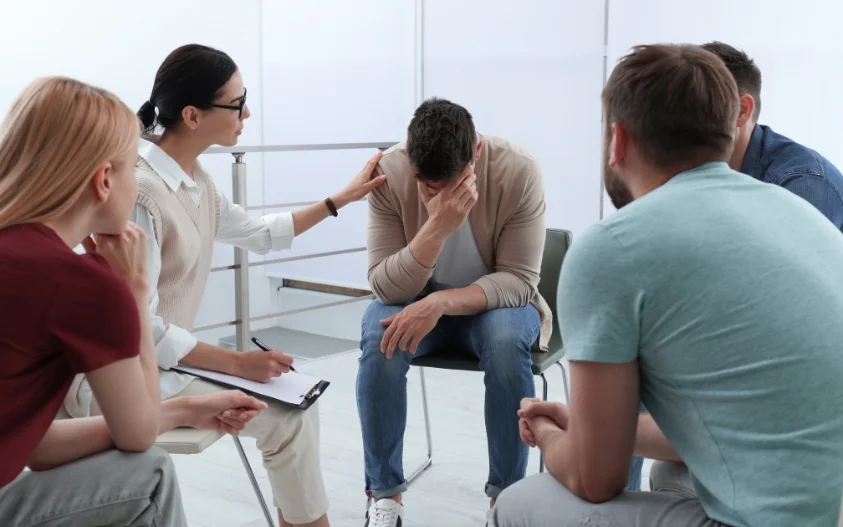24/7 Helpline:
(866) 899-221924/7 Helpline:
(866) 899-2219
Learn more about 12-Step Rehab centers in Loa

Other Insurance Options

Access to Recovery (ATR) Voucher

Regence

Sutter

Humana

Magellan Health

Ceridian

Evernorth

Health Choice

Group Health Incorporated

Absolute Total Care

Self-pay options

United Health Care

Highmark

Covered California

UnitedHealth Group

Aetna

Horizon Healthcare Service

Meritain

Kaiser Permanente

MVP Healthcare

Central Utah Counseling Center
Central Utah Counseling Center is a private rehab located in Loa, Utah. Central Utah Counseling Cent...

Legacy Outdoor Adventures
Legacy Outdoor Adventures is a private rehab located in Loa, Utah. Legacy Outdoor Adventures special...













Integral Recovery
Integral Recovery is a private rehab located in Teasdale, Utah. Integral Recovery specializes in the...




